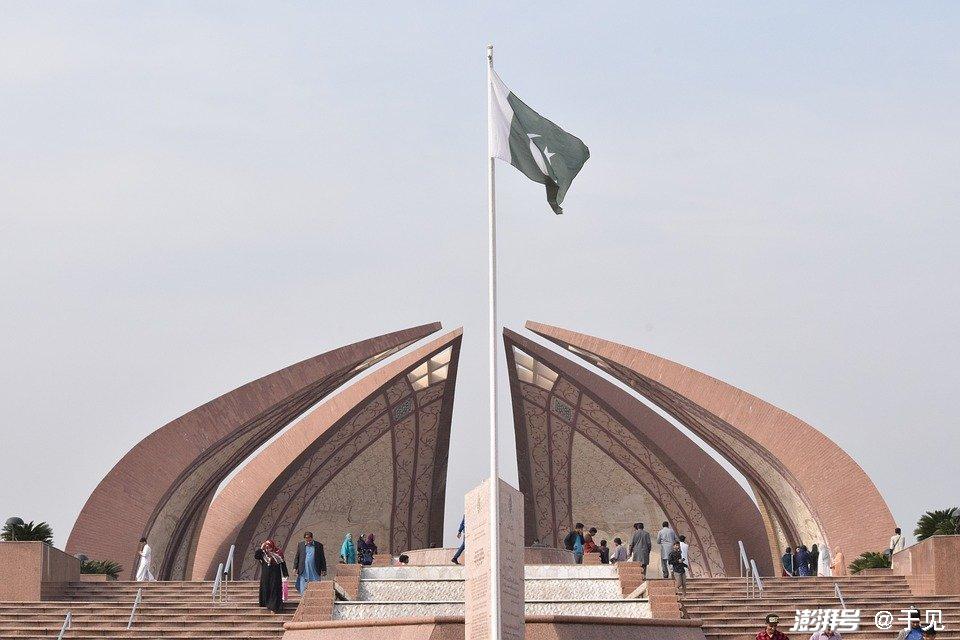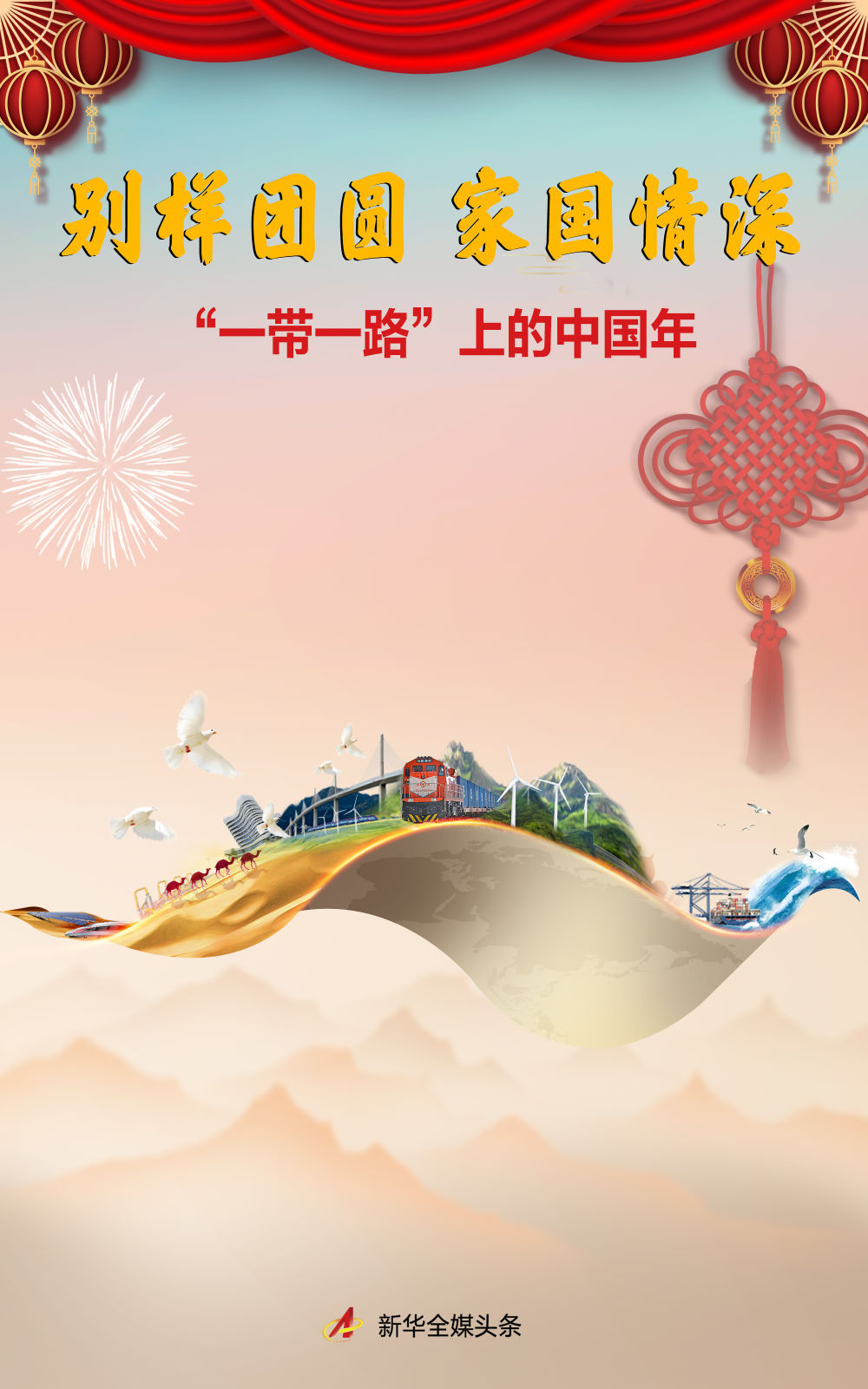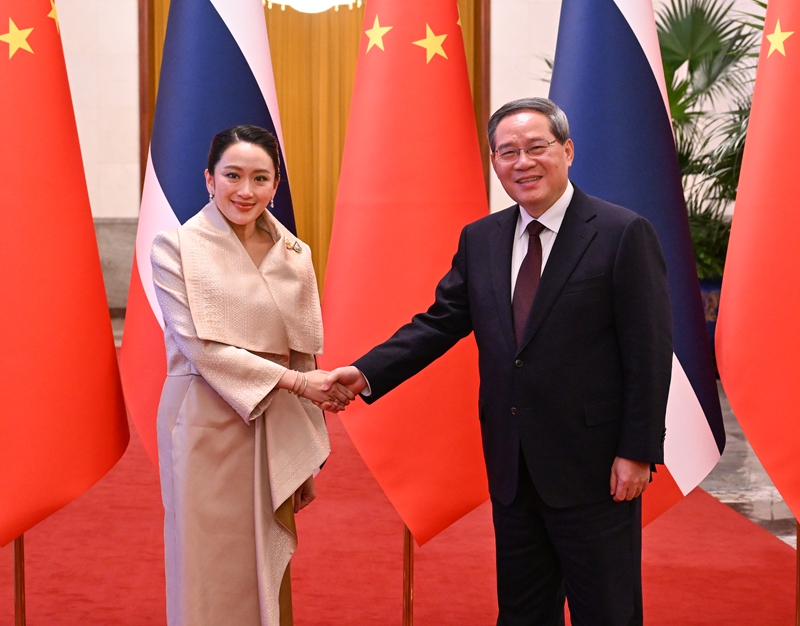Jiangsu Shows Responsibility In Implementing Major National Strategies
Jiangsu Shows Responsibility In Implementing Major National Strategies
A major economic province is not only reflected in its economic size, but also means its responsibilities and missions in the overall development of the country. How can Jiangsu "take the lead" and "take the lead" in implementing major national development strategies? The answer is written in each solid measure
A major economic province is not only reflected in its economic size, but also means its responsibilities and missions in the overall development of the country. How can Jiangsu "take the lead" and "take the lead" in implementing major national development strategies? The answer is written in solid measures one after another and reflected in the vivid practice of coordinated regional development.
On September 29, the Provincial Government Information Office held the third press conference in the series of themed press conferences on "Resolutely shouldering the responsibility of leading an economically powerful province" - "Leading the Lead in Implementing Major National Development Strategies". The reporter learned from the meeting that Jiangsu insists on considering the implementation of major national development strategies in the overall strategic situation of Chinese-style modernization. It implements major national development strategies from a high position, enhances its radiating power to the whole country with high standards, and fulfills the responsibility of leading an economic province with high quality. It has handed over a "Jiangsu answer sheet" that reflects responsibility and performance.
Strengthen the bones and paint the background to build a solid foundation for high-quality development in Jiangsu
The implementation of major national strategies cannot be achieved without the support of a solid development foundation. The realization of high-quality development is inseparable from the "hard support" of modern infrastructure and the "soft power" of a beautiful ecological environment. On the one hand, Jiangsu is accelerating the construction of a modern comprehensive three-dimensional transportation network, and on the other hand, it is comprehensively promoting the construction of a beautiful Jiangsu, and its responsibility to serve the overall interests of the country is embedded in every specific project and every green transformation.
Transportation is the "pioneer" of economic development. Jiangsu takes the construction of major projects as the starting point to open up the main artery of development.
In recent years, many people have intuitively felt that the transportation network has become denser. At the venue, a set of data confirmed that during the "14th Five-Year Plan" period, the province's transportation infrastructure construction is expected to complete an investment of more than 1 trillion yuan, which is 1.6 times that of the "13th Five-Year Plan".
Ling Yaochu, a first-level inspector of the Provincial Department of Transportation, said that Jiangsu Province has seized major national strategic opportunities and continued to improve the modern comprehensive three-dimensional transportation network. At present, the province has built 20 cross-river channels and 9 are under construction. The province's high-speed railway mileage reaches 2,594 kilometers, ranking first among provinces and regions. The province's existing 2,664 kilometers of third-level and above waterways rank first in the country. Jiangsu's port scale is also leading the country, and multiple indicators rank first in the country. "In the next step, we will continue to plan and build a number of major engineering projects, and work harder to connect comprehensive transportation corridors to better serve and ensure the national economic cycle and convenient travel for the people."
Ecological protection is Jiangsu’s conscious action to resolutely fulfill the national green commitment. Jiangsu Province insists on taking the construction of Beautiful Jiangsu as the guide, accelerating the comprehensive green transformation of economic and social development, collaboratively promoting carbon reduction, pollution reduction and green growth, and striving to support high-quality development with a high-quality ecological environment.
Qian Jiang, deputy director of the Provincial Department of Ecology and Environment, introduced that Jiangsu Province vigorously promotes green and low-carbon development and continues to improve the quality of the ecological environment. From January to August, the PM2.5 concentration in the province was 31.3 micrograms/cubic meter, and 92.4% of water quality sections in the national examination were rated as excellent III. The water quality of the Jiangsu section of the main stream of the Yangtze River has remained Class II for 7 consecutive years, and the proportion of major tributaries rated excellent III was 100%. At the same time, Jiangsu continues to improve the urban green space system, with a green space rate of over 40% and a per capita park green space of over 16 square meters, and is deepening the reform of the ecological civilization system. We have promulgated and implemented local laws and regulations such as the "Jiangsu Provincial Ecological and Environmental Protection Regulations" and led the country in the number of provincial ecological and environmental standards issued.
Integrate the overall situation, promote opening up, and demonstrate the strength of Jiangsu in serving the national strategy
“It is the time to ride on the momentum and the time not to lose it.” Looking across the country and even the world, Jiangsu’s more important mission is how to integrate its own development into the overall national strategy.
It not only brings glory to a region, but also adds luster to the overall situation. Jiangsu Province gives full play to the overlapping advantages of Jiangsu's "One Belt and One Road" construction, the development of the Yangtze River Economic Belt, and the integrated development of the Yangtze River Delta, and actively explores new paths for cross-strategic collaboration, cross-regional factor sharing, and industrial interaction.
In July, the "Polar Silk Road" Arctic route made its maiden voyage at Lianyungang Port, becoming a key supplementary channel for Asia-Europe trade. Wu Gangyu, member of the Standing Committee of the Lianyungang Municipal Party Committee and Vice Mayor, introduced that as an important fulcrum city at the intersection of the "One Belt and One Road", Lianyungang has accelerated the construction of the Lianyungang-Xu Assembly Center, strengthened cooperation with the node cities of the Longhai Line, opened and operated 6 international train lines, led the country in transit traffic, and exported more than 350,000 complete vehicles. At the same time, we will accelerate the promotion of “soft connectivity” of rules and standards.
As the level of openness increases, Lianyungang's industrial agglomeration effect continues to increase. Since last year, the countries co-constructing the “Belt and Road” have established 31 enterprises in Lianyungang, with an investment of US$450 million; Lianyungang city companies have invested in 35 national investment projects under the “Belt and Road”, with an investment of US$436 million.
At present, the total economic volume of the Yangtze River Delta has increased from 21.15 trillion yuan in 2018 to 33.17 trillion yuan in 2024, accounting for 24.7% of the country's total. Taking the lead in integrating and serving the integrated development of the Yangtze River Delta and the development of the Yangtze River Economic Belt, our province has further promoted Jiangsu's strengths and shouldered the responsibility of "serving Shanghai and linking Zhejiang and Anhui".
Shen Jianrong, director of the Provincial Development and Reform Commission, introduced that Jiangsu Province closely adheres to "integration" and "high quality", fully implements the Yangtze River Delta integrated development strategy, actively promotes cross-regional integration of scientific and technological innovation and industrial innovation, jointly builds the Yangtze River Delta laboratory network, establishes two batches of 24 Yangtze River Delta innovation consortiums, establishes the Yangtze River Delta Advanced Manufacturing Cluster Alliance, and jointly promotes the Yangtze River Delta Integration Demonstration Zone to form 154 institutional innovation results.
In terms of promoting the high-quality development of the Yangtze River Economic Belt, Jiangsu continues to fight hard to protect and restore the Yangtze River. "The water quality of the main stream of the Jiangsu section of the Yangtze River has maintained Class II for seven consecutive years, and the proportion of ecological shorelines has increased from 58.3% to 64.5%. Jiangsu has also actively promoted the green transformation of industries along the river, and the scale of green industries such as new energy, energy conservation and environmental protection ranks among the top in the country." Shen Jianrong said.
Counterpart support is a key task assigned to Jiangsu by the Party Central Committee, and our province also embodies the "Jiangsu warmth" in terms of counterpart support. Since the "14th Five-Year Plan", Jiangsu Province has allocated more than 34 billion yuan in counterpart support and cooperation funds, organized and implemented more than 8,000 counterpart support and cooperation projects, and recruited more than 1,600 new cadres and talents.
Strengthen sectors, promote integration, and build a new pattern of regional development with both internal and external aspects
The implementation of national strategies ultimately depends on the vivid practice of each region. Jiangsu's internal regional characteristics are distinct. Our province highlights balanced coordination and complementary advantages, and strives to improve the regional economic pattern of sector linkage and characteristic development. In 2024, the Yangtze River urban agglomeration's contribution to the province's economic growth will reach 76.7%, and the GDP of Jiangsu's coastal areas will reach 2.49 trillion yuan, a year-on-year increase of 5.9%. At the same time, Jiangsu has been promoting the coordinated development of the interprovincial junction areas of Jiangsu, Anhui, Shandong and Henan and the construction of Xuzhou's regional central city. Xuzhou's total economic output has always remained above 20% in the region.
Nanjing is an important central city in the eastern region and a megacity in the Yangtze River Delta region. Huo Huiping, member of the Standing Committee of the Nanjing Municipal Party Committee and Executive Deputy Mayor, said that Nanjing has proactively integrated into and served the integrated development strategy of the Yangtze River Delta and continued to amplify the demonstration effect of the Nanjing metropolitan area as the first approved cross-provincial metropolitan area in the country. "We are actively promoting the science and technology cooperation plan in the Yangtze River Delta (Nanjing Metropolitan Area). Surrounding cities have established 28 science and technology enclaves in Nanjing. The city, industry, people and technology in the 'circle' are changing from 'bordered' to 'borderless'. Public services in the metropolitan area are also becoming increasingly convenient, with 200 high-frequency services being 'available on one website and in different places'. The accessibility rate of Nanjing metropolitan area's railway districts and cities is 100%."
Xuzhou is an independent section of the province’s “1 3” key functional zones. It is also the central city in the interprovincial junction of Jiangsu, Anhui, and Henan. It shoulders the important mission of “creating a strong fulcrum for Jiangsu’s high-quality development” and also bears the major responsibility of “improving the leading and driving capabilities of regional central cities.”
Wang Xinzheng, member of the Standing Committee of the Xuzhou Municipal Party Committee and Executive Deputy Mayor, said that Xuzhou has created a regional growth pole with "coordinated progress", focusing on promoting the independent and orderly flow of factors, serving the construction of a unified national market, taking the lead in exploring the establishment of a cross-administrative regional cooperation mechanism with 9 sister cities in inter-provincial border areas; using "hub links" to create strategic integration nodes, and actively moving southward. It is extremely integrated into the integrated development of the Yangtze River Delta, actively responds to the coordinated development of Beijing, Tianjin and Hebei in the north, strengthens interconnection with ports such as Horgos in the west, and jointly builds the "China-Europe Train Consolidation Center" with Lianyungang in the east to promote the national comprehensive freight hub to strengthen the chain, and actively build a development pattern that undertakes the agglomeration of high-end elements in the north and south and links the two-way opening of east-west services.
Jiangsu's coastal areas are rich in resources and have unique landforms, which are where the province's potential and stamina for high-quality development lie. The marine economy in coastal areas accounts for more than half of the province, at about 52%. In the first half of this year, the GDP of Jiangsu's coastal areas increased by 5.7%, exceeding 1.25 trillion yuan, achieving effective improvement in quality and reasonable growth in quantity.
"In the next step, in terms of the development of coastal areas, we will adhere to the 'new' development, accelerate the deep integration of technological innovation and industrial innovation, develop towards 'green', strengthen the full-chain rectification of ecological and environmental issues, further tap the advantages of green power resources, and accelerate the creation of a number of zero-carbon parks and green factories. At the same time, we will make up for the shortcomings of transportation in coastal areas, promote the improvement of quality and efficiency of the comprehensive transportation system, and continue to enhance the development level of ports and the support capacity of near-ocean routes." Shen Jianrong said. (make a wish)





